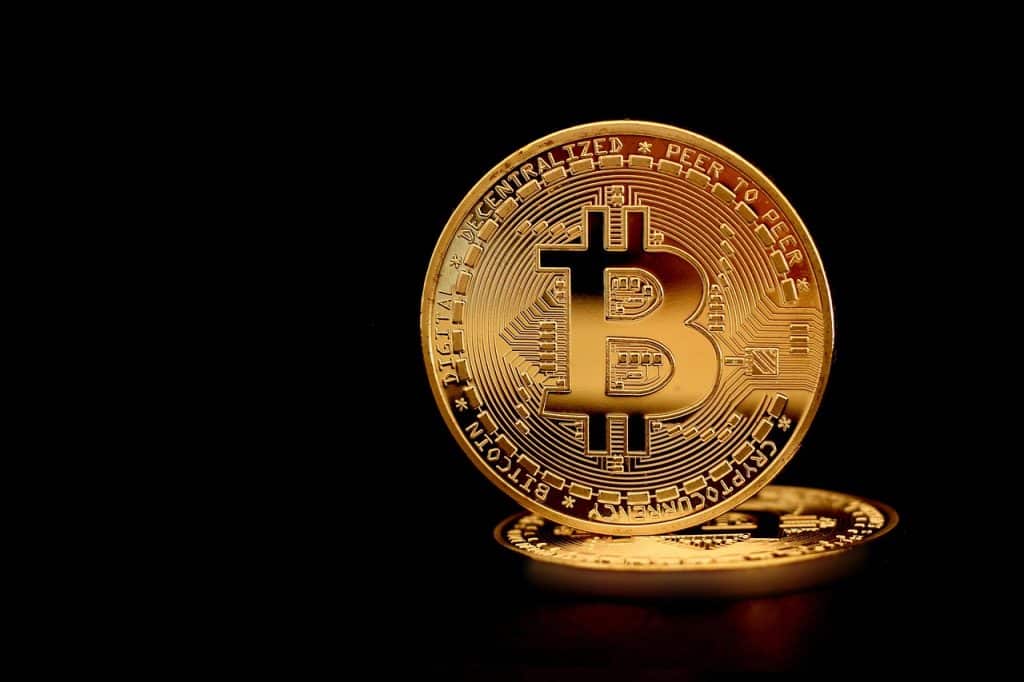“Navigating Trust in a Digital Age: Understanding the Emotional Landscape of Bitcoin Versus Traditional Banking”

In today’s fast-paced digital world, the struggle to find trust feels like a constant uphill battle. We’ve all felt the pang of uncertainty: Should I invest my hard-earned cash in bitcoin vs traditional banking? The emotional landscape around this choice runs deep, filled with hope, fear, and a longing for security. On one hand, traditional banks have been the bedrock of our financial lives, offering stability and a sense of familiarity. On the other hand, Bitcoin, with its digital allure and promises of decentralization, tempts us with the idea of financial freedom. How do we navigate this emotional terrain without losing our footing?
When you think about it, trusting a bank is almost like trusting a friend. You expect them to keep your secrets—and your money—safe. But what happens when that friend betrays you? The financial crises over the years have left many of us questioning whether our trust in traditional banking is misplaced. The fear of instability in the banking system contrasts starkly with the wild, untamed spirit of Bitcoin. Does this digital currency represent a path to liberation, or is it just a shiny distraction? Each choice carries emotional baggage, and understanding that baggage is crucial in deciding which road to take.
As you explore bitcoin vs traditional banking, consider the emotional rollercoaster that comes with both. Traditional banks provide a safety net, a place where you can deposit your funds and walk away, knowing they’re under the watchful eye of a seasoned institution. But these institutions can feel like cages, restricting our access to our own money with fees and regulations that often baffle us. Bitcoin, in contrast, offers the thrill of control. Owning Bitcoin feels like holding a key to a vault that only you can access, but what if that vault disappears overnight? The emotional stakes are high, and the fear of loss can loom large.
So, how do we establish a framework for trust in this digital age? It starts with understanding our own emotions. Are we approaching bitcoin vs traditional banking from a place of fear, or are we empowered by the possibilities? This self-reflection can clarify our motivations and help us make informed decisions. We can’t ignore the emotional impact of our choices; it shapes our financial narratives. Maybe it’s time to ask ourselves: What does security mean to me? Is it the promise of a stable income, the thrill of investment, or the freedom to make my own choices?
The conversation around bitcoin vs traditional banking isn’t just about numbers and charts; it’s about people. It’s about families saving for their children’s education, individuals dreaming of a retirement filled with adventure, and communities striving to uplift each other. As we delve deeper into this emotional landscape, we can find a way to navigate trust in a way that resonates with our values. Maybe we can blend the stability of traditional banking with the innovation of Bitcoin, creating a hybrid approach that meets our diverse needs.
Understanding Emotional Trust in Financial Systems
When we think about trust in financial systems, we often overlook the nuances that emotions play. Trust isn’t just a checkbox; it’s a complex web of feelings and experiences. Traditional banking systems have built their reputations over decades, but their inability to adapt quickly to changing times breeds skepticism. People remember the 2008 financial crisis, and those memories linger like a shadow. How can banks regain that trust? They need to understand their customers’ emotional needs and demonstrate genuine accountability.
On the flip side, Bitcoin’s rise has been marked by enthusiasm and skepticism alike. The excitement of being part of something revolutionary can drown out the caution we should exercise. So, how do we balance our excitement for Bitcoin with the lessons learned from traditional banking? We must embrace a mindset of informed exploration rather than blind faith. Bitcoin offers thrilling risks, but we should always approach it with a level-headed understanding of what those risks entail.
Bridging the Gap: Merging Trust and Innovation
Imagine a world where the best of both bitcoin vs traditional banking coexists. Banks could harness blockchain technology to enhance transparency and security, while Bitcoin could adopt more robust regulatory frameworks to protect consumers. This fusion could create a financial landscape where trust isn’t just a distant concept—it becomes tangible. By encouraging innovation within traditional systems, we can evolve the conversation around trust and create a more resilient financial future.
However, bridging this gap requires a shift in mindset from both consumers and financial institutions. Customers need to demand greater transparency and accountability, while banks must be willing to listen and adapt. Together, we can cultivate a culture of trust that thrives on innovation and emotional understanding. It’s not just about choosing sides; it’s about finding a middle ground that serves us all.
Emotional Resilience in Financial Decision-Making
Financial decisions often evoke strong emotions, whether it’s the fear of losing money or the thrill of potential gains. Emotional resilience plays a crucial role in navigating these waters, especially when considering bitcoin vs traditional banking. We must train ourselves to respond thoughtfully rather than react impulsively. When we feel that rush of excitement or that pang of fear, it’s essential to pause and reflect. What’s driving these feelings? Are we making decisions based on sound reasoning or emotional impulses?
Building emotional resilience takes practice, but it’s a skill that can serve us well in the long run. We can start by setting clear financial goals and grounding our decisions in those objectives. By focusing on our long-term vision, we create a buffer against the volatile emotions that can arise from the unpredictable nature of both Bitcoin and traditional banking systems. It’s about cultivating a sense of empowerment rather than being a victim of circumstance.
Future Trends: Trust in the Next Generation of Finance
As we look toward the future, the conversation around bitcoin vs traditional banking will only become more relevant. The next generation of consumers will demand greater transparency and accessibility in their financial interactions. They’ve grown up in a digital world, one where technology reshapes our understanding of trust and security. How can we prepare for this shift? By embracing new technologies and fostering a culture of trust, we can create a financial system that resonates with the values of future generations.
Financial institutions should invest in education and outreach, helping consumers understand both traditional banking and the intricacies of Bitcoin. This investment in knowledge will empower individuals to make informed decisions, easing emotional fears and fostering a healthier relationship with money. By creating an environment where consumers feel empowered rather than overwhelmed, we can navigate the emotional landscape of finance more effectively.
Conclusion: Finding Your Path in a Trust-Driven World
Ultimately, navigating the emotional landscape of bitcoin vs traditional banking comes down to understanding ourselves and the choices we make. We live in a world filled with possibilities, but each choice carries emotional weight. By reflecting on our motivations and fostering resilience, we can make informed decisions that align with our values. As we move forward, let’s embrace the journey, blending the strengths of both systems while building a future rooted in trust and innovation.



